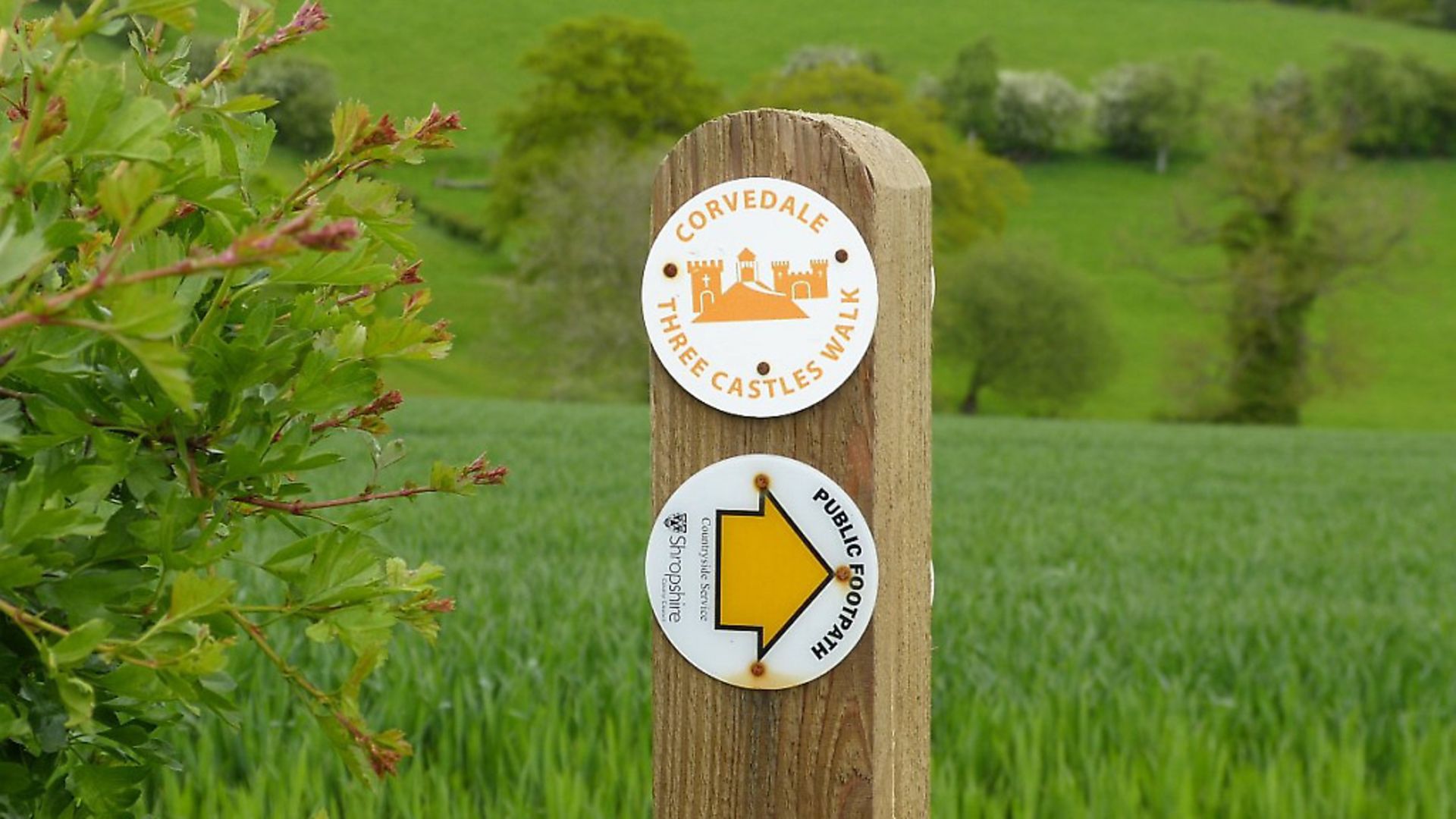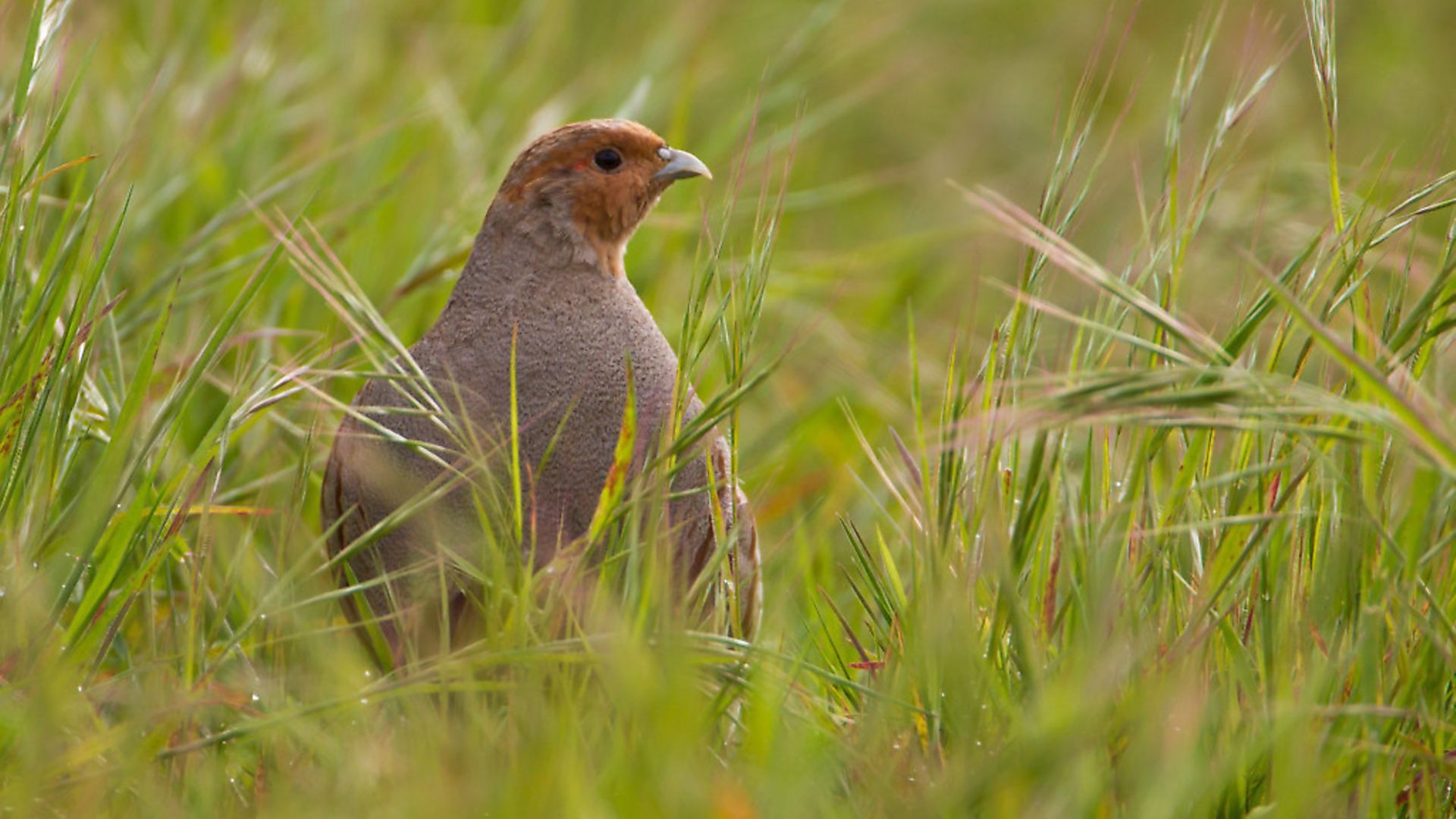The Corvedale Farmland Wildlife Project aims to show how tested grey partridge conservation measures benefit other species
 credit: Archant
credit: Archant
A new collaboration aims to show how farmers can work together to achieve the recovery of some of the UK’s most threatened farmland bird species, including grey partridge, curlew and lapwing. The Game & Wildlife Conservation Trust (GWCT) is working with a group of Shropshire farmers to establish the The Corvedale Farmland Wildlife Project, which will put farmland conservation techniques based on the Trust’s extensive research into practice on the ground.
Dr Roger Draycott, who is leading the project for the GWCT, said: “In developing this new demonstration project we are aiming to show that by following our tested, research-based management measures for grey partridge recovery, including habitat improvements and predation control, other species such as curlew and lapwing will benefit. And by working with farmers across the Corvedale we hope to show that putting measures in place on a landscape-scale, rather than just individual farms, greatly increases the chance of significant bio-diversity gains.”
 credit: Archant
credit: Archant
Grey Partridge conservation
The grey partridge is widely considered to be a barometer of farmland biodiversity: where the conditions exist for it to thrive, other wildlife will too. Sadly, their numbers have declined across Europe by more than 90% since the 1970s. In the same period, lapwing numbers have plummeted by 80% and curlew have been in long term decline, with numbers halving in the last 20 years, making it Britain’s most urgent bird conservation priority.
The GWCT has been monitoring abundance and breeding success of the grey partridge since 1933 with its Partridge Count Scheme (PCS). The launch of the Corvedale project coincides with the annual PCS Spring Count, when farmers and gamekeepers are asked to record partridge numbers for a national database.
Recovering grey partridge and red-listed birds
The new project is aiming for the recovery of the grey partridge and red-listed waders in the Corvedale. It will also provide opportunities for participating farmers and the GWCT to share knowledge with the wider agricultural community. Land managers, conservationists, educational groups and policy makers will be able to visit the Corvedale to see the GWCT’s wildlife-friendly management measures in action. Training and education in wildlife and conservation management is central to the project and organisers hope that it will also help inform the development of agri-environment policy following Brexit.
Frank Bury of the Millichope Estate, which is supporting the project through the Millichope Foundation and on estate farms, said: “Since 2017 we have established a network of 6m conservation margins extending 13Km on our arable farmland and instigated predation control. We have seen encouraging signs of lapwing and curlew breeding success. We look forward to working with GWCT and other farms in the area to support this worthwhile project.”
To allow it to demonstrate long-term results, the project will run for a minimum of five years with an initial group of farms.
Dr Draycott said: “Ultimately we hope to develop a Farmer Cluster* across the Corvedale, allowing the farmers to continue working together for bio-diversity gains on a landscape-scale well into the future.”
Land management techniques to be used
As the project begins the Corvedale Farmers and GWCT advisors are developing land management plans, including crop rotations, cover crops, pasture and water management, that can support a healthy population of wild partridges, curlew, lapwing and other conservation priority species. Best-practice predation control will manage the numbers of generalist predators to reduce their impact on ground-nesting birds.
Liam Bell, head gamekeeper for the project said, “This is an exciting project and I have no doubt it will further illustrate the important role timed, targeted predation control plays in the reestablishment of iconic red-listed species such as the grey partridge and the common curlew.”
Monitoring will be at the heart of the project, with land managers being trained to carry out surveys of bird and insect populations surveys (which provide food for chicks) to track the effects of the conservation measures land managers put in place.
For more information on wildlife-friendly farming, click here